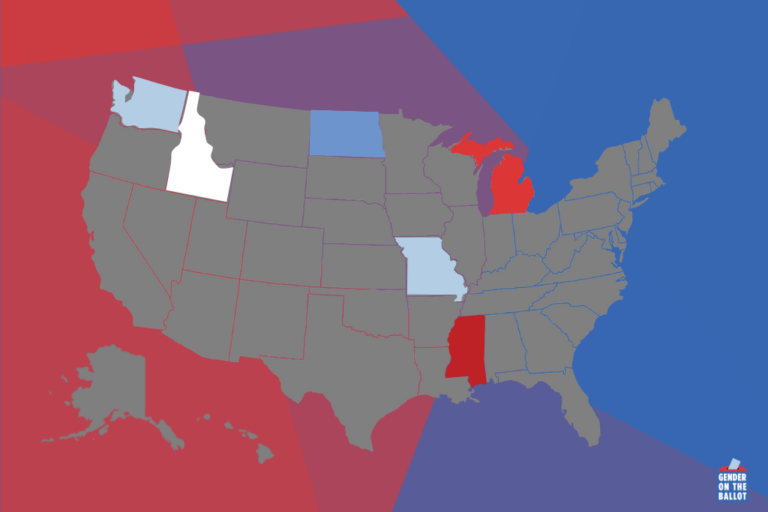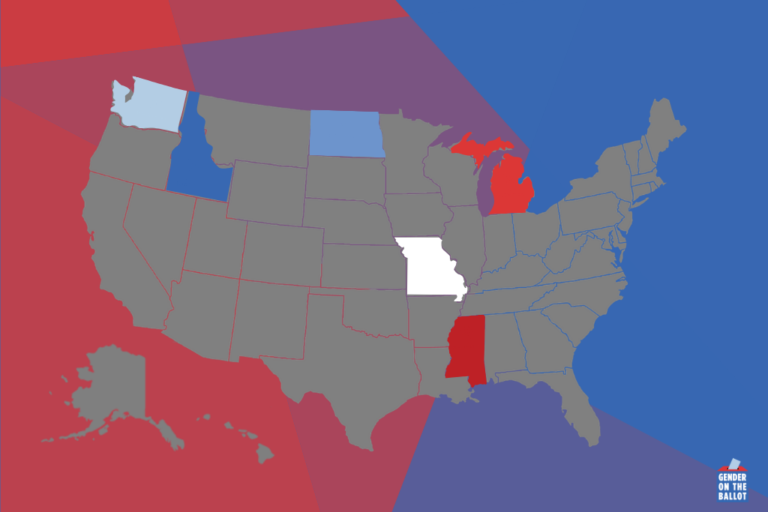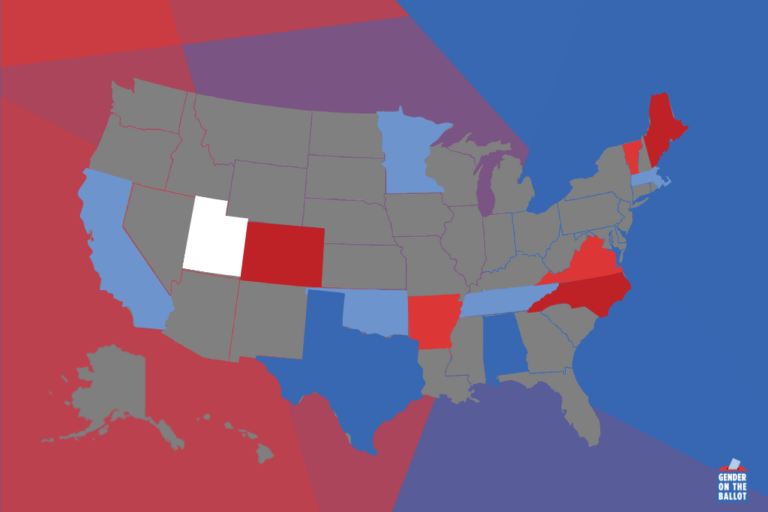Idaho Democrats voted in a presidential primary system this year after holding party caucuses…
Exploring the Relationship Between Clothing and Qualifications

“I want to look nice, and I want to spend no time getting dressed…When I first ran for public office…I wasn’t willing to invest the time in figuring out scarves and skirts and all of that, so I stuck to the black shoes, pants, and top and figured I could put a colored blazer with that.”
– Elizabeth Warren in a January 7, 2020 Vogue profile
Most scholars seem to agree that female political candidates fare well with Democratic voters. On the left, women have seen steady gains in political representation over time. Currently, there are 105 female Democrats in the US Congress, which is an increase of almost 30% compared to the previous election cycle. For Republicans, however, the gains have been slower and harder. There are just 22 female Republicans in the US Congress, and they face an increasingly tougher electoral environment on the right.
Yet, even on the left, barriers to entry and success in politics remain. For example, one study finds that feminine information that characterizes candidates as emotional or sensitive only activates feminine stereotypes for Democratic female candidates and not Republican ones. Since we know that the activation of feminine stereotypes leads to a loss of support for female political candidates who are then seen to be less competent, this means that women running for office on the left have to be more thoughtful about when and how they activate feminine stereotypes, if at all.
Between 2017 and 2018, we ran three randomized survey experiments in the United States to find out if what a woman wears might negatively impact perceived competence. In all versions of our survey, respondents were asked to watch a short one minute video featuring a newscaster (either male or female) reading the same news transcript, wearing a particular outfit style: professional (black suit), sexualized (red dress or red fitted shirt), or athletic (a cycling outfit). The intonation and gestures of the two newscasters (male and female) were directed by a trained media expert to be as identical as possible across all six versions of the video.
We found that results varied by respondent partisan affiliation. When the male and female newscasters wore the same professional outfit (a black suit), Democrats gave the female newscaster a sizeable advantage compared to the male newscaster. However, this advantage dissipated in the sexualized experimental condition. Democrats, but not Republicans, docked the female newscaster’s perceived competence when she wore a red dress (an average drop of 1.6 on a 0-10 competence rating scale).
What does this mean for female Democrats running for office? Figures like Elizabeth Warren and Alexandria-Ocasio Cortez have been covered extensively in the media for their fashion decisions. Their approach has highlighted the function and messaging of their outfit choices, as opposed to how their clothing makes them look and feel. This is a wise strategy, and one that others may consider adopting on the left. On the right, however, dress style may have more inherent value and potentially be less damaging for female candidates and politicians (for example, Sarah Palin’s fashion choices). This is good news given the undersupply of women on the right; of all the challenges they face, what they wear might not be one of them.






